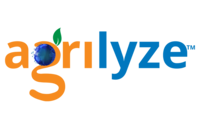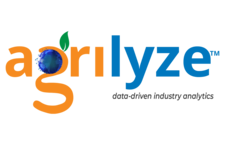Weather stations can be used in combination with sensors to collect data from the environment, and then this data can be sent to the cloud. Farmers can use this data to identify climate conditions (based on historical data), closely monitor specific crops, and apply findings to improve their capacity.
Store data in one place, then quickly check and analyze it to make the right decision Understand the cause and outcome, so problems can be addressed before they arise Become more operationally efficient by focusing on work management Use insights to make precise decisions around planting, watering, and harvesting Over the last few decades, farming has transformed into a technology-driven domain. Farmers have improved their processes and ability to grow better crops through various smart agricultural tools, like IoT for Agriculture, significantly improving predictability and overall farming efficiency. IoT for Agriculture (internet of things) refers to the use of sensors, cameras, and other devices to collect and aggregate data, which can then be used by farmers. By turning out large data sets, farmers can gather better insights into their operations. IoT for agriculture covers a whole range of technologies and is not limited to one particular tool. The application of IoT has provided farmers with more data on weather conditions, crop growth progress, herd health, and soil quality. Tied to this, they now can track other aspects of their business, for example, their staff and equipment. IoT has also given farmers better control over internal processes reducing production risks. The real value comes through when the data that is collected can be aggregated and analyzed. IoT sensors allow growers to get real-time information on greenhouse conditions like temperature, humidity, lighting, and soil condition. By sourcing environmental data, our weather widget can highlight sensors that are out of range to allow the farmers to adjust the conditions to match the given parameters. Ranchers can gather data using IoT applications. Information like the health, well-being and location of cattle allows ranchers to save money by preventing disease and lowering labour costs. Gain access to unlimited aerial imagery on demand for land preparation. With multispectral and infrared images of your farm, you can quickly identify problems that you cannot see walking in the fields. Access high-resolution satellite images for monitoring, GPS geotagging, and weather analysis. With drones, agricultural workers can gather data, automate redundant processes, and improve efficiency. In a research capacity, drones have also been used to pollinate flowers. This approach could one day prove helpful in compensating for the declining bee population. Monitor plant and soil conditions to improve ROI. IoT enables sensing for soil moisture and nutrients and can control water usage for more optimal plant growth. Also, determine fertilizer profiles based on soil chemistry, then figure out the optimal time to plant and harvest. Geospatial information is changing the way farmers view their land, increasing agricultural production and protecting the environment. This is how to visualize the data collected from all these devices in a single location. Where farmers may have once treated their fields uniformly, with GIS, you can see benefits from micromanaging the fields, increasing accuracy and cutting costsData Collection
Reduce Risk
Automate Business
Improve Quality
Tech in Agriculture


What Does IoT mean?
How Does IoT Benefit Farmers


Additional Advantages to IoT
Easy to use
Agrilyze IoT Solutions


